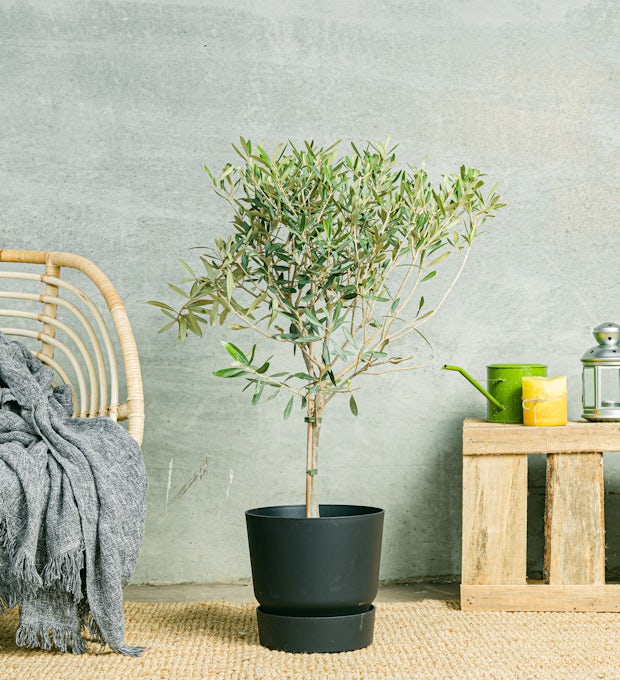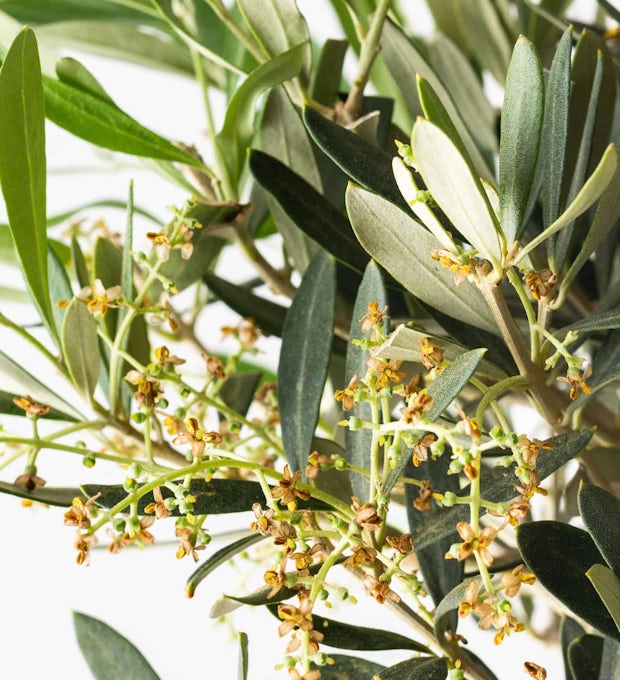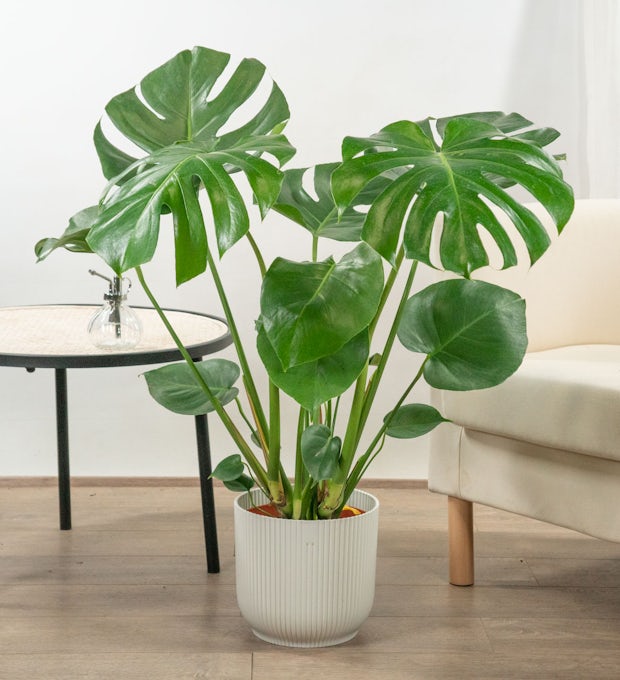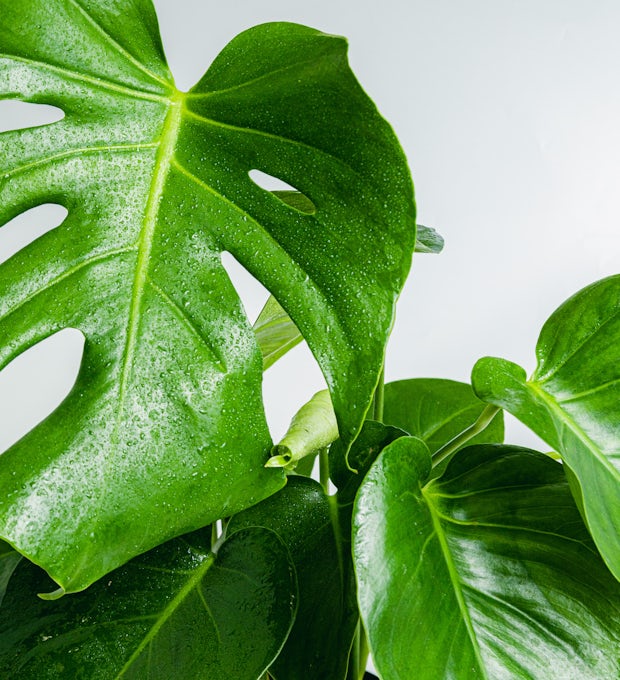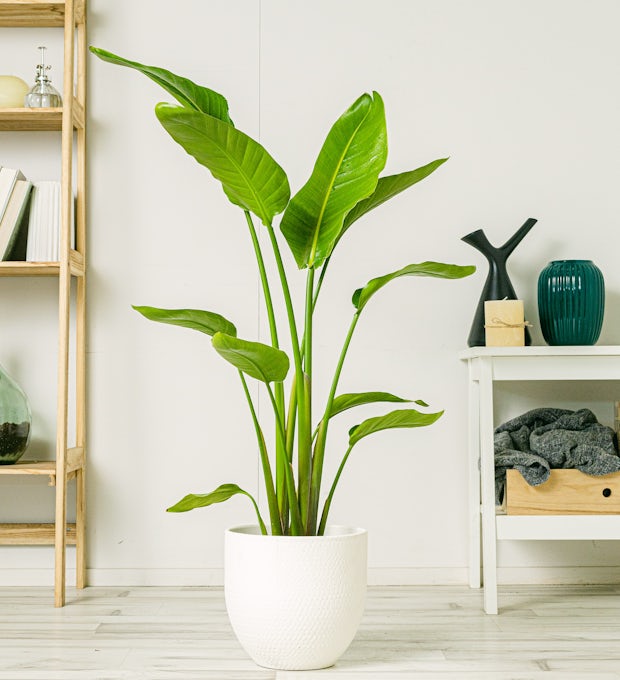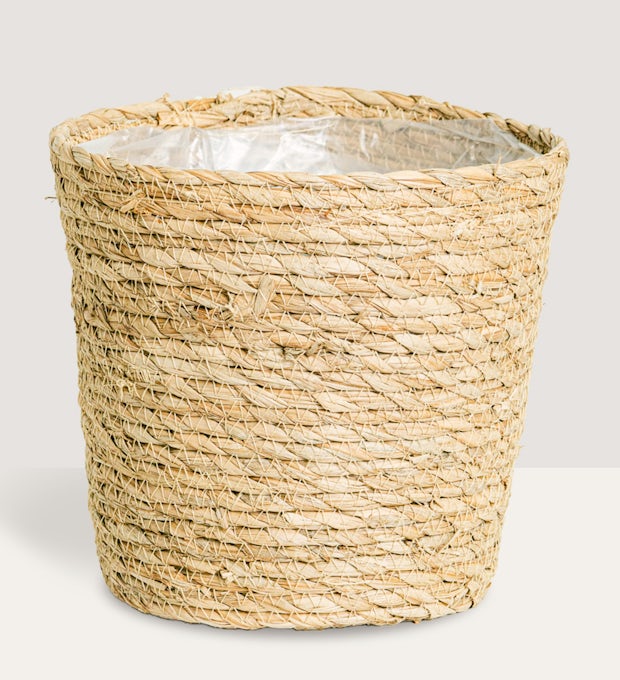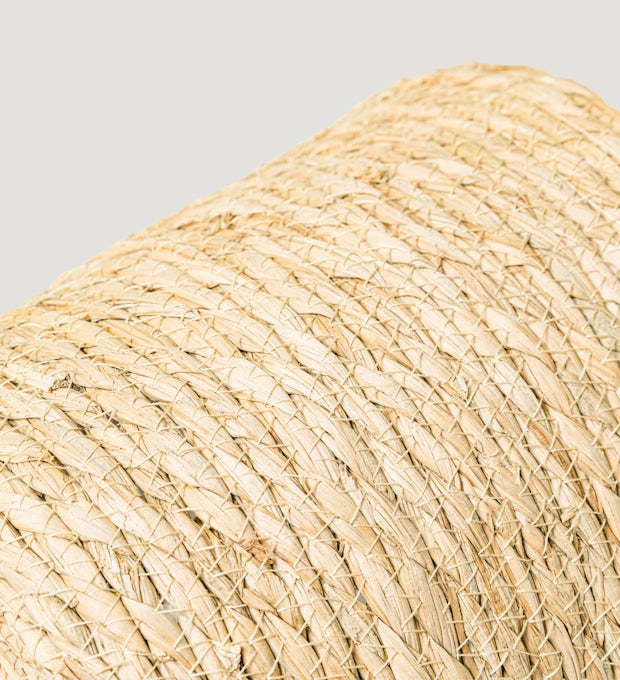In the never-ending adventure of repopulating my garden with suitable plants, I found myself looking for flowering plants that were easy to care for, could withstand full sun and were not too demanding in terms of care or soil. But I didn't want anything discreet or simple, for that corner I wanted plants with colourful flowers, with visual impact, something that would blow you away. There is one species that meets these characteristics to perfection: the Celosia Plumosa. When you see the incredible colours and shapes of their flowers you will understand why they are so popular.
We believe that plants with showy flowers are usually very delicate or demanding, so having a Celosia will surprise you, because they are very easy to care for. They are ideal for beginners and for those who have outdoor spaces (gardens, balconies and terraces) where the sun burns everything you put in. Celosia Plumosa are beautiful plants, quite rustic and ready to spread their surreal and vibrantly coloured flowers, even for those who have little experience with plants.
Characteristics of the Celosia Plumosa
Celosia argentea var. plumosa isan annual herbaceous plant, native to tropical America, Asia and Africa, although they can act as perennials in warm climates. It is also known as feathery amaranth or cockscomb, because of the shape of its flowers that resemble the feathers of an exotic and colourful bird. It has erect, smooth-textured stems and leaves arranged alternately in a spiral.
Its name celosia comes from the Greek word kḗleos, which means fiery, and this is because when they bloom, they resemble ornamental fires. They bloom between summer and autumn and can be red, orange, fuchsia or bright yellow, the colours of flames.
The spikes you see are stems that cluster flowers, which are tiny and usually have 5 petals. The colours are very saturated and vibrant, so they are ideal for brightening up any room, and the flowers can last up to 10 weeks, which is what makes them so popular. As if that wasn't enough, you can dry them and keep them for much longer, making arrangements to decorate your spaces.
Believe it or not, their leaves and flowers are edible and taste similar to spinach. In some African countries and in Southeast Asia they are traditionally eaten. They are rich in minerals and vitamins, including iron. If you plan to eat them, they should be harvested when they are young and the plant has not flowered, because after the flowers appear they become bitter and unappetizing. It is pet-friendly, so you won't have any problems if you find your furry friend chewing the leaves.
The celosia can grow between 20 to 80 centimetres tall, although its final size will depend on the variety and where it is planted. There are about 50 varieties of this plant, not counting the particular cultivars that have been developed by enthusiasts of this species around the world, among which the following stand out:
- Celosia Argentea: native to tropical Asia, it can grow up to one metre tall. The leaves are deep green, with very distinct light-coloured veins. The flowers are white with silvery highlights. This gives rise to two distinct subspecies: the Cristata, whose yellow or red flowers are low and clustered together like kale or coral leaves. That is why it is called Lagos spinach. Another variety is the Plumosa, which is barely 40 centimetres long, has fleshy stems and flowers in the shape of spikes, elongated like tousled feathers or flaming flames.
- Celosia Caracas: Produces crimson red flowers, which appear throughout the summer.
- Celosia Spicata: the flowers of this variety are elongated, similar to ears of wheat and are borne in large numbers, giving it a slightly bushy appearance.
We ship plants to all locations, you can see more options here.
- Celosia Intenz: it reaches 60 centimetres in height and has elongated, cylindrical, violet flowers.
- Celosia Twisted: its fan-shaped flowers and curly crest stand out. The red ones are usually popular.
How to care for Celosia plumosa
The real secret to keeping Celosia Plumosa looking like something out of a storybook is in the balance of moisture and watering. This plant is incredibly susceptible to overwatering, to the point where it will droop listlessly and sadly if you overwater and it doesn't have good drainage. That said, the best thing to do is to prepare the pot in which you plant it very well, doing everything necessary to ensure that it has the best possible drainage: a bottom that allows excess moisture to drain away and a well-prepared substrate. If you achieve this winning combination, the Celosia will practically take care of itself.
Location
Celosia prefers full sun, ideally outdoors or anywhere where it can get at least 8 hours of direct sunlight. You can plant it in the ground, but because of its size it is also possible to have it on balconies, in pots and other arrangements, as long as it gets all the sunlight it needs.
If you are going to place the pots with your radiant trellises in front of a window, you should be careful, because the glass can act like a magnifying glass and burn the leaves of the plant. That said, it can also grow in semi-shade, although it will not flower as spectacularly as if it is in full sun.
Temperature
Coming from tropical locations, the Celosia requires an optimum growing temperature of between 20° to 23° C, as its abundant flowering depends on temperature and sun exposure. They can live at higher temperatures, but do not tolerate frost and temperatures below 10° C.
If you want it to behave like a perennial but you live in a very cold place in winter, you can shelter it at home during the winter and use a UV lamp to supply its needs. In this case, remember to trim the flowers as soon as they start to fade, to extend its life. It's a bit of work, but it's worth it to enjoy its beautiful flowers all year round.
We ship plants to all locations, you can see more options here.
Watering
Although the celosia is very easy to look after, its relationship with watering is a bit paradoxical in that it requires very abundant watering and a substrate that is always cool and damp, but never waterlogged, as its delicate roots are very susceptible to dampness. In summer it should be watered at least every 2 days, and the frequency should be reduced when the temperature starts to cool down. If you have placed a saucer under the pot, remove it and throw away the remaining water to prevent the roots from rotting.
It is essential that you water only the substrate of the plant and that no drops of water or moisture fall on the leaves and flowers, as the water would act like a magnifying glass (remember that it is in full sun), stain the flowers and is also the perfect breeding ground for fungi that would do their thing and kill your celosia in a jiffy. You can either soak it or use your watering can very carefully. Prefer to water early in the morning or in the evening during the warm season. In cooler seasons, avoid watering at night or at the end of the day, as low temperatures slow down the evaporation of water, which will remain on the roots and can affect them.
Humidity
Celosias require high levels of humidity, as they are tropical plants. You can also leave saucers or glasses of water near the plants so that they evaporate little by little with the sun and increase the humidity in the room.
Another option is to spray the plant, but you should do this very early in the morning, so that it dries well before the sun rises and hits the plant directly, and you should avoid spraying the flowers so as not to damage them. If it is indoors, technology is your best ally, as you can buy an electric humidifier.
Substrate
The Celosia is not a very demanding plant as far as the substrate is concerned, as long as it is well drained it can survive. If it is planted in pots, you can use a universal planting medium and mix it with a little perlite or other material to improve drainage. It does very well in soils rich in organic matter. Always remember to place a layer of pebbles, stones, expanded clay or polystyrene in the bottom of the pot before adding the substrate and planting the trellis.
If you plant your trellises in the garden, directly in the soil, you will not have any problems as long as the type of substrate has good drainage. If the soil is a bit clayey, it is better to make a larger and wider hole and fill it with universal substrate mixed with perlite, river sand or similar to facilitate drainage. There is only one limitation for the celosia: it does not tolerate chalky soils.
Pruning
The celosia is a small plant, which does not usually grow too far out of bounds but requires a little pruning at the tips of its branches to stimulate growth and flowering in the youngest plants. The flowers should also be removed as they fade, to prolong the life of the plant and to make way for other flowers. As it has a bushy habit and such particular flowers, it is perfect to place in that part of the garden that you do not want to touch or prune much, but it will not look very pretty if you put it next to hedges or plants that have been heavily trimmed and intervened.
Fertilisation
These plants can grow happily in poor soils, as long as they are not too clayey as this makes them excessively porous, so don't worry too much about compulsive fertilising. If it has enough light, it will produce lots of beautiful flowers for you, but it doesn't hurt to give it some extra nutrients to help it along.
Celosias respond very well to flowering plant fertiliser or organic fertiliser such as guano. It is recommended to apply it during spring and summer to stimulate flowering. Remember to read the label carefully and follow the instructions to the letter to avoid overdosing. These plants have low nutritional requirements, so it is easy to overdo it and damage their roots.
Reproduction
The celosia reproduces very easily from seed, which should be planted in early spring. Depending on the area you live in, you can even plant them at the end of winter so that they are fully grown for their flowering season in autumn and summer. The seeds are very numerous and germinate quite quickly. In fact, some people don't even bother with a seedbed and just scatter them directly on the ground.
Germinating the seeds is simple. You can make a seedbed in a shallow tray or pot. Moisten the soil very well, scatter the seeds leaving a good space between them and cover with a thin layer of soil, because light can have a negative effect on their germination. Water again with a sprayer so as not to move the seeds. Place in full sun. You should see sprouts in a couple of weeks. When you notice that the seedlings have a few leaves, it is time to move them to a pot with soil.
Possible pests and diseases
Celosias are very hardy plants, but they may get unwanted visits from bugs like spider mites and are susceptible to fungi like powdery mildew, both of which are easily treated with an insecticide and fungicide, respectively. To prevent the appearance of these annoying bugs, it is important to control watering and humidity levels very well. A plant that is over-watered or waterlogged will be prone to fungi such as powdery mildew, but too dry an environment can attract spider mites, so be very careful with these variables.
